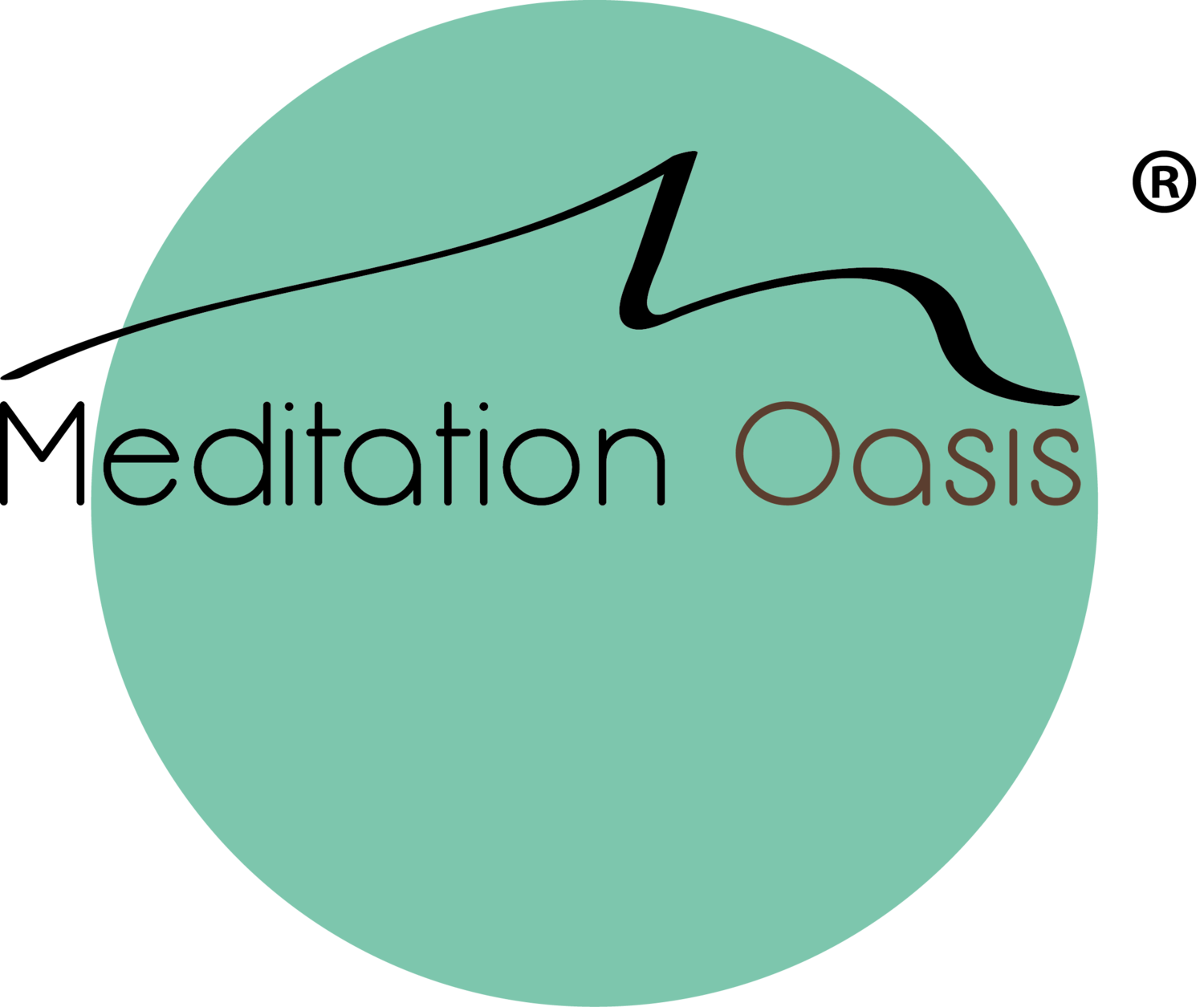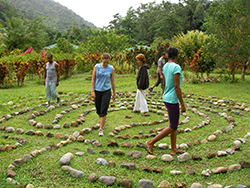 A visit from a friend the other day brought an unexpected gift. One of the greatest things a friend can do is to help us to love and appreciate ourselves more, and that's exactly what my friend did when she visited my home. My friend, also named Mary, is a beautiful woman, beautiful inside and out. She is always beautifully dressed, her hair perfect, and you could drop into her home at any time to find a picture perfect, lovely and orderly environment. We share a love of nature, and I have always admired her meticulously cared for, orderly (and weedless) garden and yard.
Mary always makes me feel special and loved, yet despite this I felt a bit intimidated about having her visit me at my home for the first time. I am not a perfect housekeeper. My garden, as filled as it is with beautiful things, is never weed-free and certainly not symmetrical or planned with any sort of special arrangement in mind. You could say that these things, as well as how I dress, is "casual". As I ushered her along the patio to the door, she immediately remarked on how beautiful my yard is. I was really struck by this. While I was seeing the weeds that need to be pulled, plants that need to be replaced and spots where something needs to be planted, all she saw was the beauty of the flowers and shrubs. Her appreciation was genuine, and what I saw as a "deficiency" in my gardening, she saw as delightful. She was enjoying the casualness and spontaneity of it, which mirrors nature itself.
A visit from a friend the other day brought an unexpected gift. One of the greatest things a friend can do is to help us to love and appreciate ourselves more, and that's exactly what my friend did when she visited my home. My friend, also named Mary, is a beautiful woman, beautiful inside and out. She is always beautifully dressed, her hair perfect, and you could drop into her home at any time to find a picture perfect, lovely and orderly environment. We share a love of nature, and I have always admired her meticulously cared for, orderly (and weedless) garden and yard.
Mary always makes me feel special and loved, yet despite this I felt a bit intimidated about having her visit me at my home for the first time. I am not a perfect housekeeper. My garden, as filled as it is with beautiful things, is never weed-free and certainly not symmetrical or planned with any sort of special arrangement in mind. You could say that these things, as well as how I dress, is "casual". As I ushered her along the patio to the door, she immediately remarked on how beautiful my yard is. I was really struck by this. While I was seeing the weeds that need to be pulled, plants that need to be replaced and spots where something needs to be planted, all she saw was the beauty of the flowers and shrubs. Her appreciation was genuine, and what I saw as a "deficiency" in my gardening, she saw as delightful. She was enjoying the casualness and spontaneity of it, which mirrors nature itself.
Mary helped me see things, myself included, with new eyes. This continued once we were inside and she commented on the peacefulness and quiet in our home -- that was what she noticed, not the details of the furnishings. I showed her a painting of wisteria by my mother. I have always enjoyed it as I love wisteria and the painting seems to capture it in a charming way. Mary said she liked it because of the way the wisteria is casually presented -- not contained neatly inside the picture in a symmetrical way. There is a certain sense of abandon in it. Now when I look at the painting, I see it as a reflection of my garden and some of the traits my mother passed on to me.
Mary's visit left me with a greater acceptance, and even appreciation, of myself. My experience of my garden and yard is different. I see it with new eyes, and appreciate it more everyday. As I thought of sharing this story with you, I couldn't help but see the connection with the style of meditation I've embraced. It's one of acceptance of what is, including acceptance of oneself. I hope our visits together in the meditations bring you the same gift Mary's visit brought me.





